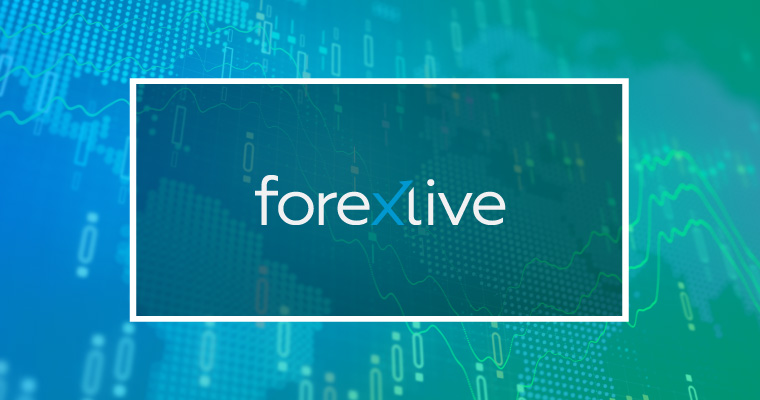- Prior 43.0
No change to the initial estimate with the reading being a 3-month low. The same goes for the output index, which closes the year at 41.7 and down from 43.1 in November. This just stresses on the narrative that the German manufacturing sector is still in recession territory with little optimism in sight. The thing to watch this year will be how much will this start to impact employment conditions, if significant at all. HCOB notes that:
“The situation in the manufacturing sector is still pretty grim. Production is on a steep decline, and new orders keep
slumping, making it clear that the industry won’t be coming out of recession anytime soon. Our nowcast model, which
includes the HCOB PMI among other factors, suggests that industrial value added likely fell by 0.9% in the fourth quarter
compared to the previous quarter. The shrinking order backlog since June 2022 suggests that the new year won’t start much
better either.
“Looking back, it has been a lost year for the manufacturing sector. The PMI stayed continuously in recessionary territory,
companies kept cutting staff month after month, and order backlogs fell across the board. The only slightly positive note is
that staff reductions in recent months have led to a slight increase in labor productivity. However, this increase isn’t enough
to turn things around.
“The manufacturing slump is widespread across different sectors. Intermediate goods took the biggest hit in December, with
the corresponding PMI dropping like a rock to the lowest level of the year. Things are not looking much better for the
investment goods sector either, as its PMI has been stuck in recessionary territory all year long. Given that both of these
sectors are heavily exposed to tariffs threatened by the US, it’s hard to imagine a sustainable recovery in the coming
quarters.
“After two-and-a-half years of deteriorating business conditions in the manufacturing sector, this trend might end in the
second half of 2025. By then, Germany should have a new government, and the current wait-and-see attitude towards
investment and consumption could change. But finding support for this thesis in the numbers is difficult. The index for future
production is barely above 50, suggesting that companies expect to produce only slightly more in a year than they do today.”
